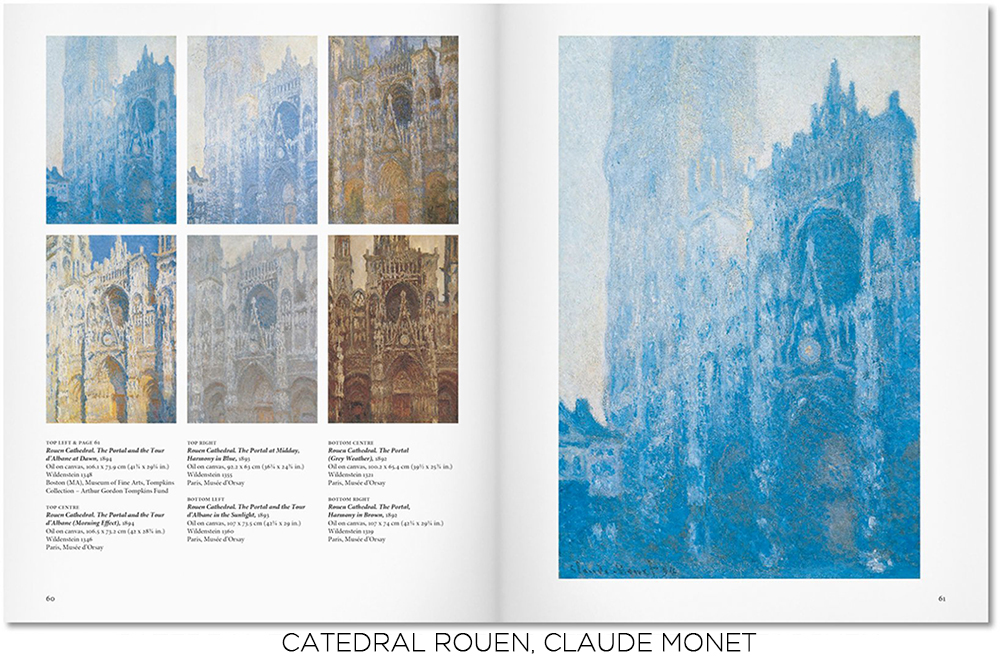Written by: Patts Pérez
TASCHEN pays homage to its 30th anniversary offering a new series of their Basic Art collection, named Basic Art 2.0.
With nearly 200 books translated to 20 languages, we can find the leading figures of the history of art, architecture and design.
This new edition is a 96 page hardcover, and stays affordable and high quality, at a 9,99€ price.
The volumes rise and transfer the reader visually to different eras running through artistic movements, controversial painters and the most memorable architectural spaces of history.
El Bosco, one of the painters that has achieved to inspire fashion designers, musicians and writers dealing with the most heavenly to the most grotesque topics through the contrast of new and daring colors for his time, Monet “the impressionist’s prince” with his artwork about the ephemeral, art and its purpose, and one of the highest exponents of pop art and his famous Campbell soup turned into art: Andy Warhol.
The first artistic movement of the United States, abstract expressionism, is compiled in the illustrations of 20 artists fundamental for something as unusual as the artistic movement from Paris to New Work. Pollock, Guston or Kooning are some of the names on the list.
From NY we go to Germany, to 1940, where the pioneer school in mixing art, artistry and technology is opened: Bauhaus.
A part of this collective where Josef and Anni Albers, Wassily Kandinsky, Paul Klee, Oskar Schlemmer, Gunta Stölzl, Marianne Brandt and Ludwig Mies van der Rohe amongst others.
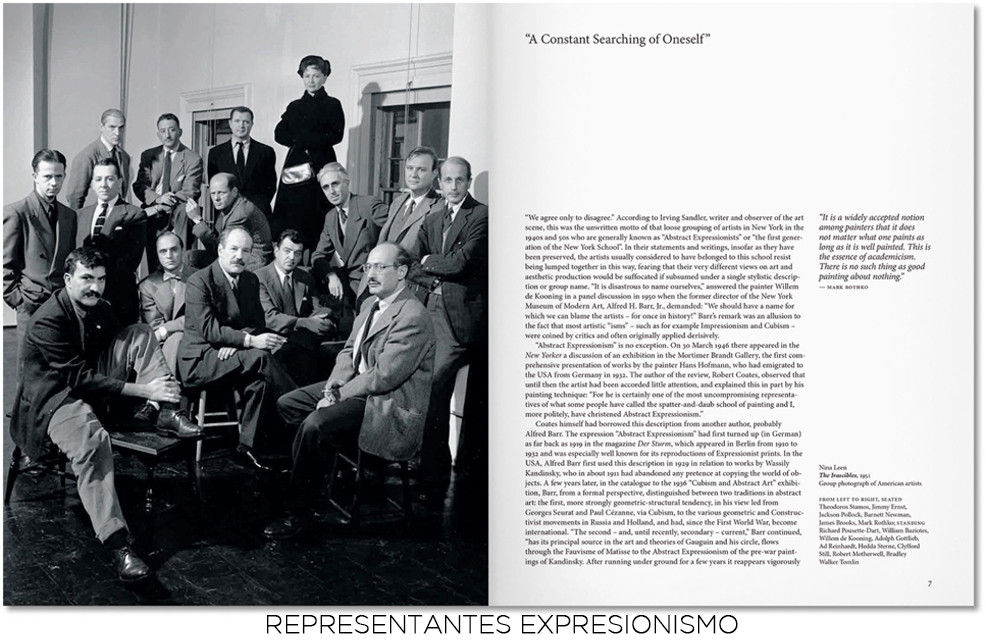
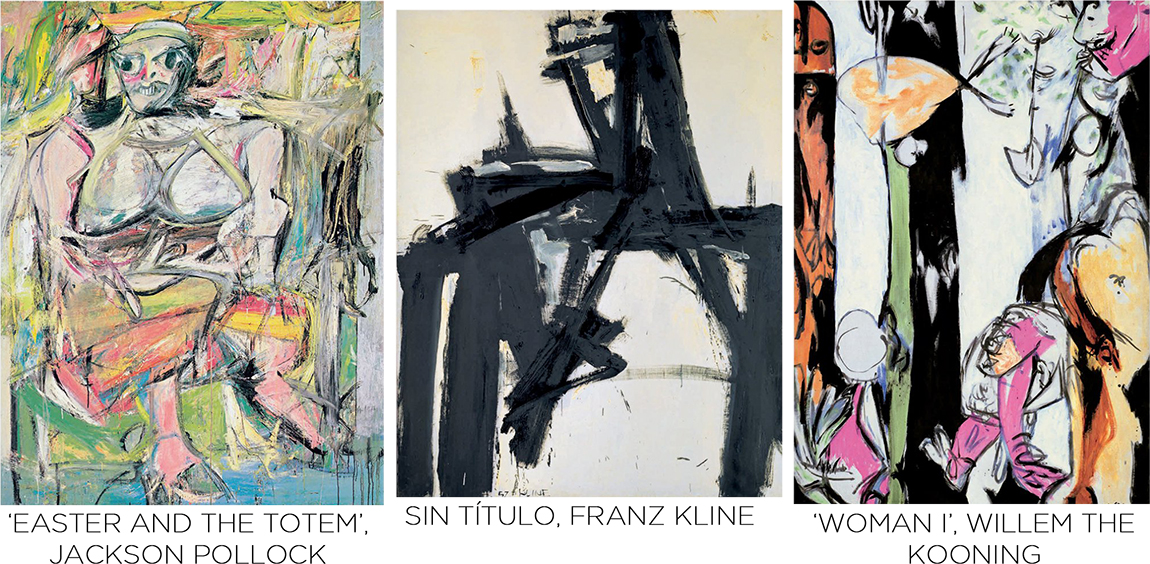
 In architecture, titles such as Gaudí, Wright, Chipperfield or Schnikel star on the covers.
In architecture, titles such as Gaudí, Wright, Chipperfield or Schnikel star on the covers.
One of the most important men in modernism, Antoni Gaudí built inside an organic framework a neverending selection of magic spaces in the eyes of many.
His book compiles pictures of some of his most surprising details that turned seven of his works into UNESCO’s World Heritage Sites.
On the other hand, another artist tat still surprises us is Chipperfield, with a “normal” flair inside a creative world for which he has won a number of competitions and prizes.
This mediatic architecture is built on paper thanks to sketches, drawings, maps and pictures.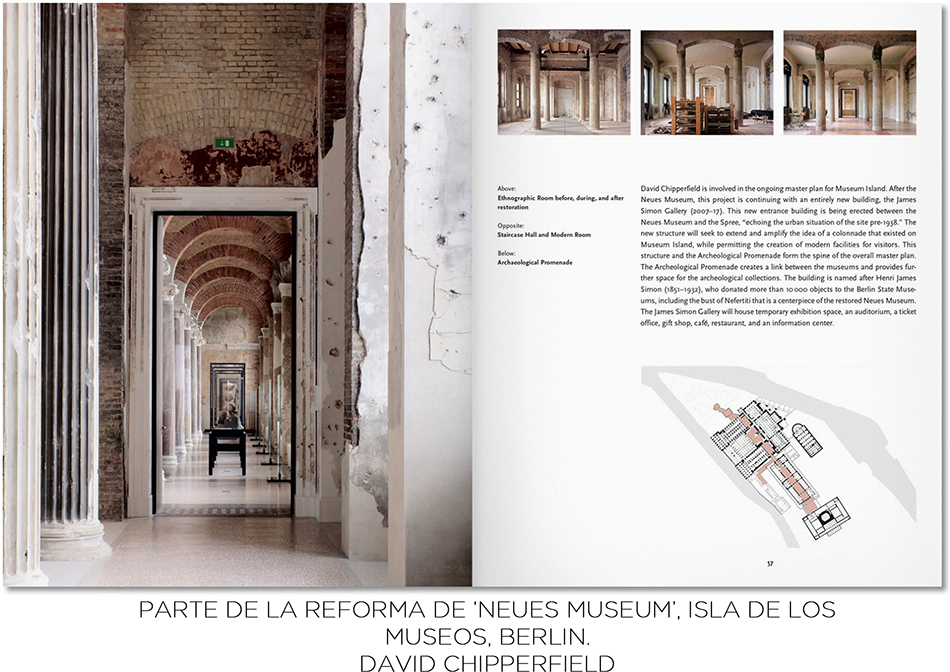
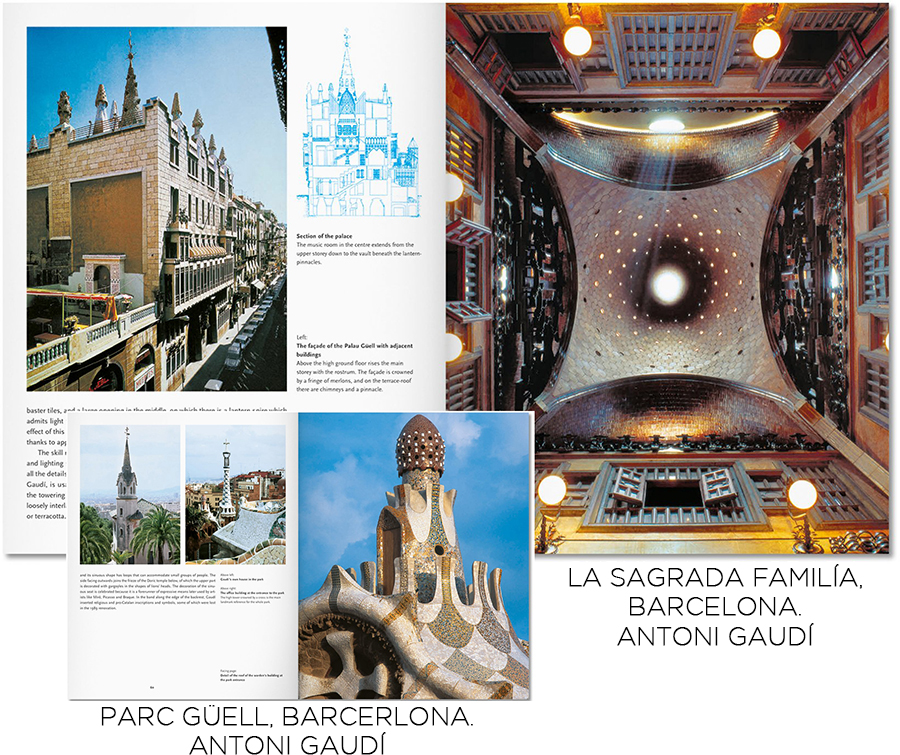 Here we’ve only mentioned a few of the examples, nevertheless, a total of thirty headings are hidden in the Taschen website, completely available for sale.
Here we’ve only mentioned a few of the examples, nevertheless, a total of thirty headings are hidden in the Taschen website, completely available for sale.


